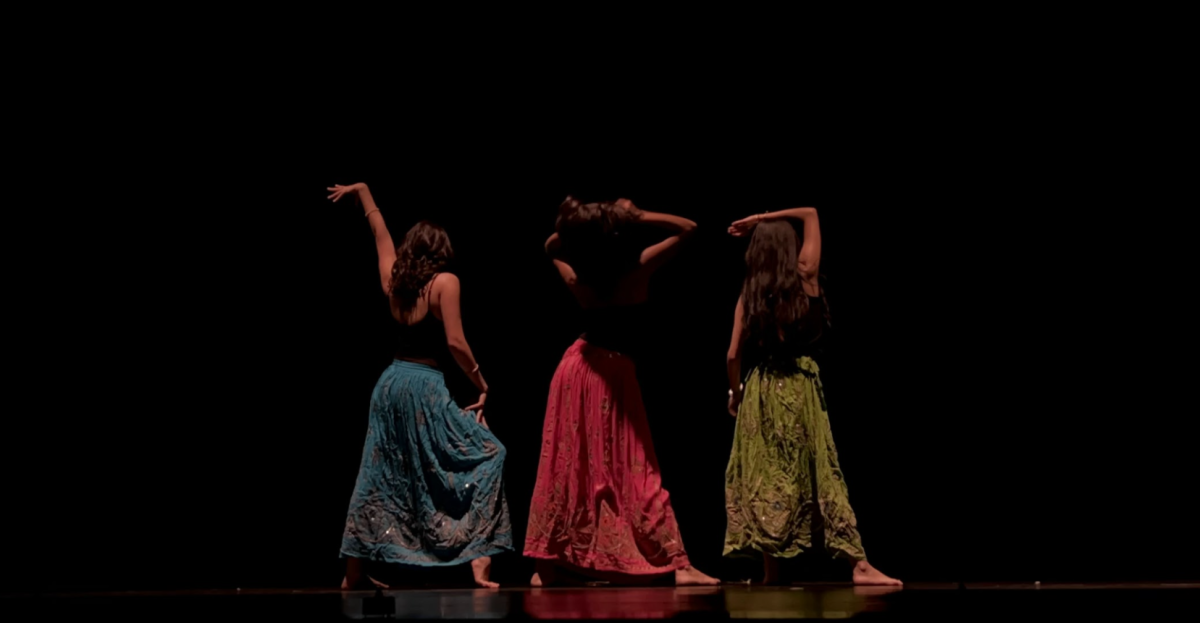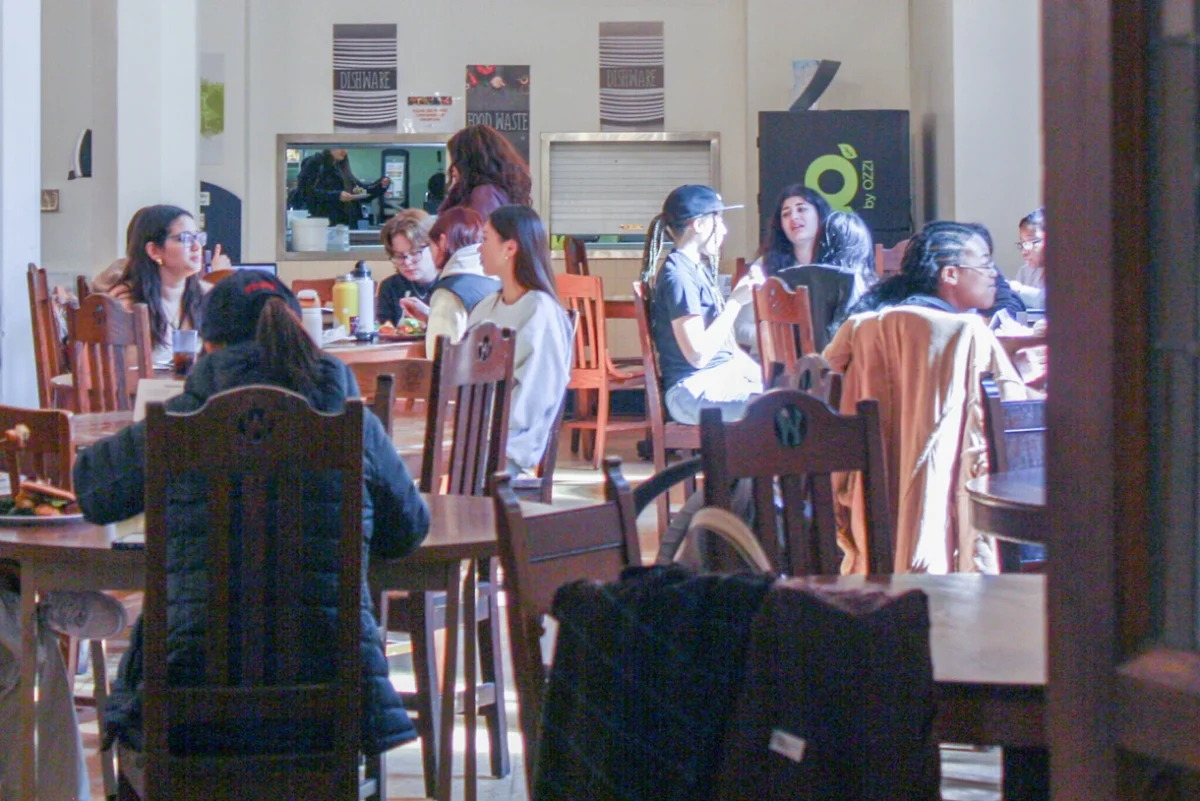By LAUREN TONTI ’14
Features Editor
During my sophomore year at Wellesley, I penned a biweekly college history column for The Wellesley News entitled “The Hourglass.” Working closely with the Wellesley College archives, I shared sentimental tidbits about our college’s rich history—the milestones, the composition and the origins of our timeless traditions— with the community. After returning from a year of studying abroad, I found that I did not have the time in my senior year schedule to pay regular visits to the archives, and thus I let the column yellow in the pages of past papers. However, fate has forced another turn of “The Hourglass.”
Late one October evening, a package addressed to the Wellesley News appeared in the newsroom before a production meeting. The package contained two fascinating items. The first, a scrap of paper, on which Jim Miller, a kind stranger and now friend of the News, had scrawled the following unsigned note: “Found this in a storage unit in St. Anthony, Idaho. Hope you get a kick out of it, Love this old stuff.” The second was a 100-year-old scrapbook belonging to a Wellesley alumna.
Sometimes the past blasts you; other times it’s delivered directly to your doorstep. It’s among a history columnist’s wildest dreams to have a time capsule practically handed to her, and indeed my delight was uncontainable as I carefully paged through the life of Helen Austin Bump ’16. 1916, that is. With a new generation of ’16s here at Wellesley, the colorful memories that jump off the pages of her scrapbook confirm that Helen is a kindred spirit of the vibrant red class.
Her collection of memories is particularly unique because it chronicles the life of a student who lived and studied in College Hall, the magnificent edifice and heart of the College that the fire of 1914 reduced to ash and memory. Her scrapbook is in remarkable condition for its age and offers a rare look into the everyday life of a Wellesley student 100 years in the past.
With little to work from besides a few names and dates, I began to piece together Helen’s life by following clues she had left behind. Affectionately known to her roommate as “Bumpie,” Helen was born in 1893 to Austin Silvester Bump and Lizzie Estella Marks. She had a brother named Nelson and a college boyfriend named Reid Kellam.
The book contained priceless pieces of history. Helen tore the March 17, 1914 page from a desk calendar, marking the day College Hall burned to the ground. A Wellesley News article covering the tragedy accompanied the page. Helen saved an invitation to tea from the beloved Ms. Ella Pendleton at her home Oct. 22 from 4-6 p.m., and an invite for the “After Math Tea,” hosted Jan. 15, 1913. A Sophomore Promenade dance card also found a home in this book. Though it is missing its pencil, it clearly lists the dances and their order in the evening of a grand tradition now fallen by the wayside. The scrapbook pages also contained a theater roster. In this register, Helen recorded which plays and shows she went to see, with whom, at what theater, and her opinion of them. Reid accompanied her on a few of these outings. Other items include a 1916 commencement week program, 1914 Tree Day Program and white mask (perhaps from the Tree Day pageant), a scorecard from a Harvard v. Cornell game, dated Sat. Nov. 1, 1913 and a postcard from Dad that reads “To Cheer-up Town: 0 miles.”
Helen’s scrapbook not only tells us her story as a student, but it also tells us a love story. The story begins with an invitation to the wedding of Helen’s parents at Trintity Chruch in Binghamton, N.Y. on October 23, 1889. Reid Kellam wrote love letters to Helen, his Wellesley sweetheart. Some excerpts read, “After I finished reading your letter, not a moment has passed since darling that I haven’t thought of you and what is most wonderful of all to me is that when I get that way I think of no one but you, just you all the time.” “Goodnight dearest little girl, my heart is full tonight, many kisses dearie, the best you ever have, you bet your own true.” “I have thought of you all day long. I cannot begin to say the things I want to darling but I do love you so much it seems as tho I must keep on repeating it. I want to tell you tell you myself, oh I don’t know what to say…” A valentine, assumingly from Reid, says “A thought of you is all that keeps me from being mighty lonesome.”
With significant help from the miracle we call Google, I was able to discover that Reid served as an ambulance driver in France during World War I. After Helen’s graduation and Reid’s return from his wartime station, Helen and Reid wed in April of 1917. Making a home in Binghamton, NY, Helen gave birth to her first son in March 1918 and named him Reid Kellam, Jr. Helen also gave birth to two more sons, Austin and Byron Kellam (now of St. Anthony, Idaho). Preceded in death by her husband in 1963, Helen passed away in 1978.
Ian Graham, Director of Library Collections at Wellesley College, once told me that the truly ordinary is often most valuable to archival research. After all, students and visitors take hundreds of photos of Lake Waban, but how many photos did photographers snap of students performing botany experiments in 1890? Think twice before you toss your trinkets, stubs, programs and other mementos. One person’s trash may be another generation’s treasure.
The Wellesley News will donate the scrapbook to the Wellesley College Archives to ensure that future generations can sift through the memories recorded upon borrowed pages.
Lauren Tonti, ‘14 is a Political Science and Psychology major at Wellesley College. Follow her @LT624.




